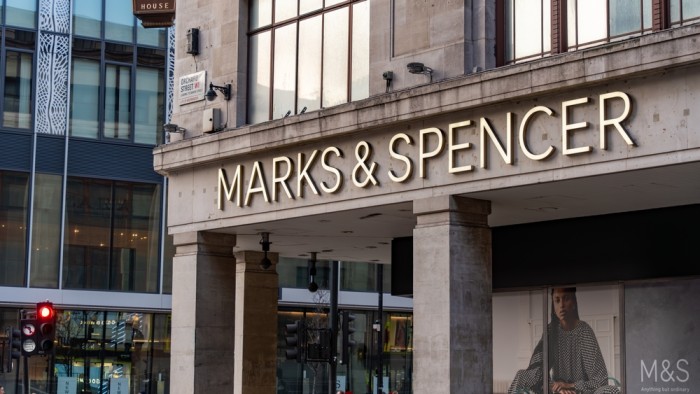Navigating Travel Industry Risks with Intelligent Communications
We’re going to explore some real-life unforeseen circumstances that the travel industry has had to navigate and how intelligent communications solut...
In April 2025, British retail giant Marks & Spencer (M&S) was hit by a highly sophisticated cyberattack, causing major disruption across its operations. Hackers took advantage of vulnerabilities in mobile security, specifically through SIM-swap fraud, to gain unauthorised access to internal systems. With cyber threats becoming more frequent and complex, incidents like this serve as a stark reminder for businesses to revisit and reinforce their cybersecurity strategies.

This isn’t an isolated incident. Since September 2024, the UK alone has seen over 200 cyberattacks deemed ‘nationally significant’—double the number in previous years. IBM’s 2024 Data Breach Report revealed that the average global cost of a data breach has now reached $4.88 million (approx. £3.9 million). And it’s not just individual cases—global cybercrime costs are expected to hit $10.5 trillion (approx. £8.4 trillion) annually by the end of 2025. Learn more about why cyber security is important for your business.
SIM-swap fraud is a growing threat. It involves criminals tricking mobile providers into transferring a victim’s phone number to a SIM card they control. This gives them access to calls and texts, and often lets them bypass Multi-Factor Authentication (MFA) to break into personal or work accounts. As eSIMs become more common, these attacks are not only harder to spot but also more frequent.

For M&S, the consequences were both operational and reputational. Online orders were put on hold, Click & Collect services were affected, and customers faced delays that shook their trust in the brand’s digital capabilities. In-store, there were payment processing issues and stock management challenges. The financial impact was significant—over £30 million in losses, with a further £15 million in potential weekly damages during the worst period. More importantly, the attack exposed weaknesses in mobile security and employee verification, putting a spotlight on the broader need for improved cyber resilience in retail.
Steve Tipper, Mobile Consultant at Elite Group, shared his thoughts on how this could have been avoided:
“In incidents like this, the human element is often the weakest link. Implementing strong identity verification protocols for password resets, coupled with mobile device management (MDM) platforms, is critical. We also recommend using app-based authentication rather than SMS-based MFA to reduce reliance on vulnerable channels. Prevention is always cheaper and more effective than response.” – Steve Tipper, Mobile Consultant, Elite Group
Taking lessons from the M&S breach, Steve recommends the following practical steps for businesses to boost mobile security, protect employees, and reduce risk:
At Elite Group, we work closely with organisations to improve mobile and digital security. Our team offers assessments, MDM platforms, endpoint protection, and strategic advice tailored to your setup. We’re here to help you stay secure without compromising on performance.
The M&S cyberattack is a wake-up call for any business relying on outdated security methods. Cyber threats aren’t going away, but with the right partner and proactive measures, you can stay ahead. If you’re ready to protect your mobile estate and strengthen your defences, speak to Elite Group today.